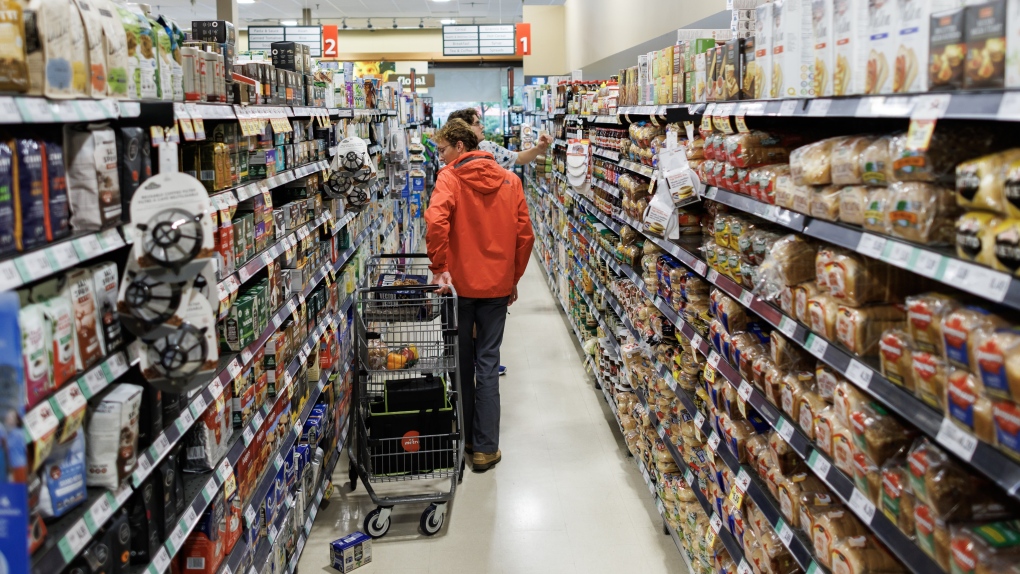Consumer Reports has found that plastics retain a “widespread” presence in food despite the health risks, and called on regulators to reassess the safety of plastics that come into contact with food during production.
The non-profit consumer group said on Thursday that 84 out of 85 supermarket foods and fast foods it recently tested contained “plasticizers” known as phthalates, a chemical used to make plastic more durable.
It also said 79% of food samples in its study contained bisphenol A (BPA), another chemical found in plastic, and other bisphenols, though levels were lower than in tests done in 2009.
Consumer Reports said none of the phthalate levels it found exceeded limits set by U.S. and European regulators.
It also said there was no level of phthalates that scientists confirm is safe, but that does not guarantee the safety of foods you eat.



Not to downplay the importance of their findings, but they didn’t find PLASTIC in food, instead they detected chemicals commonly found in plastic.
Interesting that it’s BPA, since the food industry allegedly removed BPA from their packages/cans years ago. Did they add it back when nobody was looking?
Even if they removed BPA entirely from consumer packaging, these are mostly or entirely processed / manufactured foods being discussed.
The chemical exposure could be coming from equipment used during the production process, from non-consumer packing/shipping of raw ingredients, and possibly even during the agricultural production stage. For example, if there’s BPA in the plastics that foods come into contact with during the cooking or cooling phase (i.e. from silicone mats) it may leach into the food. Or if the food dyes in the products come to the manufacturers in packaging that contained BPA, it’s a potential source of contamination. Also, modern agriculture is heavily reliant on plastics, so it’s possible that these chemicals enter the products as a result of those practices.
Obviously I don’t know for sure and I would almost bet that the source of contamination is different for different products, so there may not even be one right answer that covers it all.
That completely makes sense. I guess the push to remove BPA from food packaging was only half the story, and more could have been done if we knew about it. What a shame. So many of us spent a premium on BPA-free products, buying glass jar goods instead of canned, etc…
They didn’t change much.
Not a scientist, and can barely remember the details, buuuut…
Dropping BPA didn’t remove the issue. Manufacturers just moved on to other untested plasticizers, such as BPAF, or BPF, or BPS.
All that marketing - and it went into telling us that the product didn’t contain BPA, while ignoring that the products contained chemicals that were potentially worse!
Bisphenol compounds are used to make plastic more rigid/durable, but on the other side of it, are phthalates, which are generally used for pliability.
And this is where the “not a scientist” part shows heavily.
I don’t know if we can make plastics safe for use within our food chain. Both plastics and biological entities are carbon-based (most plastics come from crude oil), and the way we act on those is via cyclic compounds, and so chemicals that act on or modify plastics and humans are often structurally similar. Most medicines are cyclic compounds. Even sugar (glucose) is a cyclic compound.
My understanding is minimal, but my hunch is that there’s basically no safe way to retain the usefulness of plastics as they relate to food.